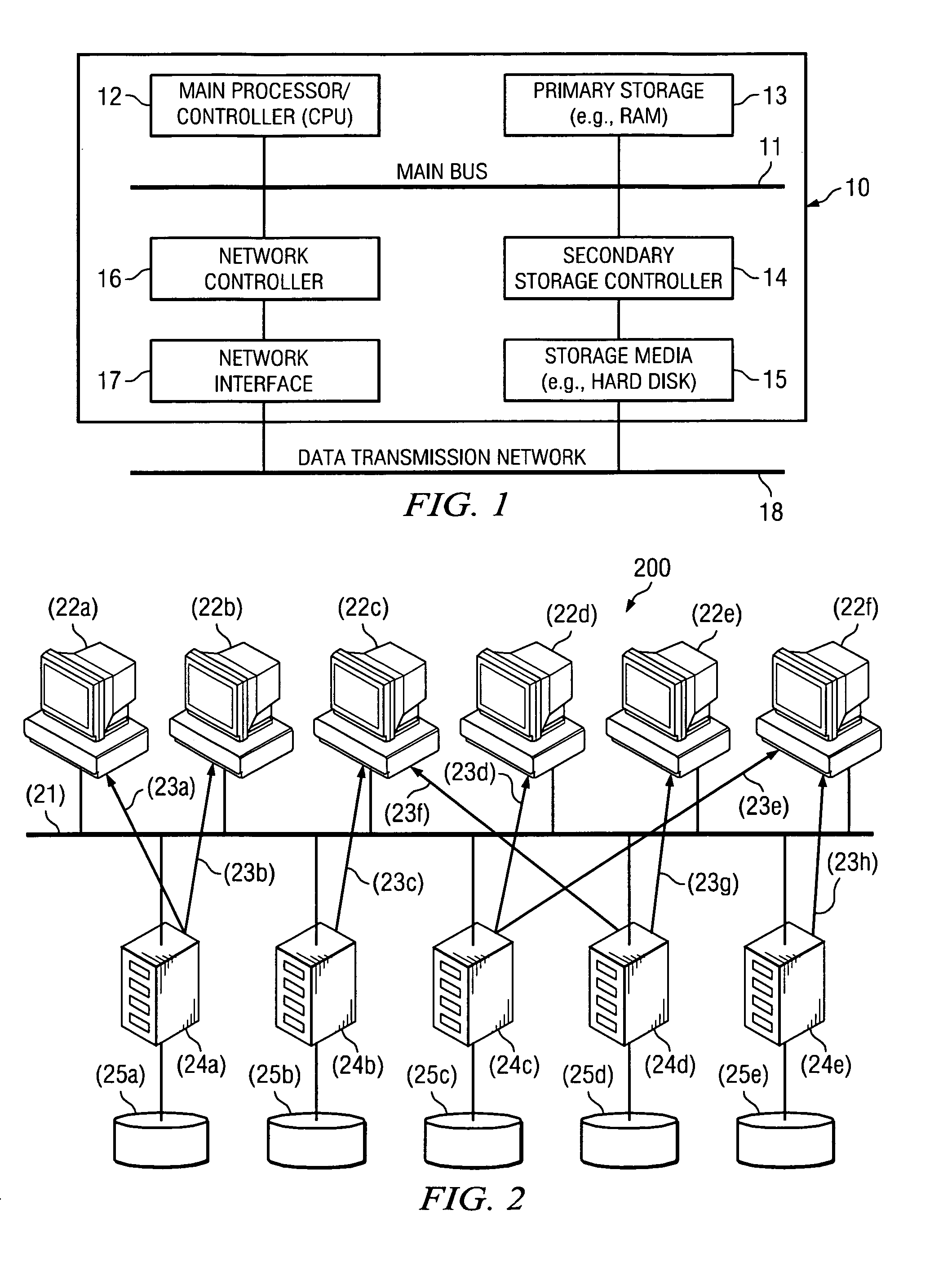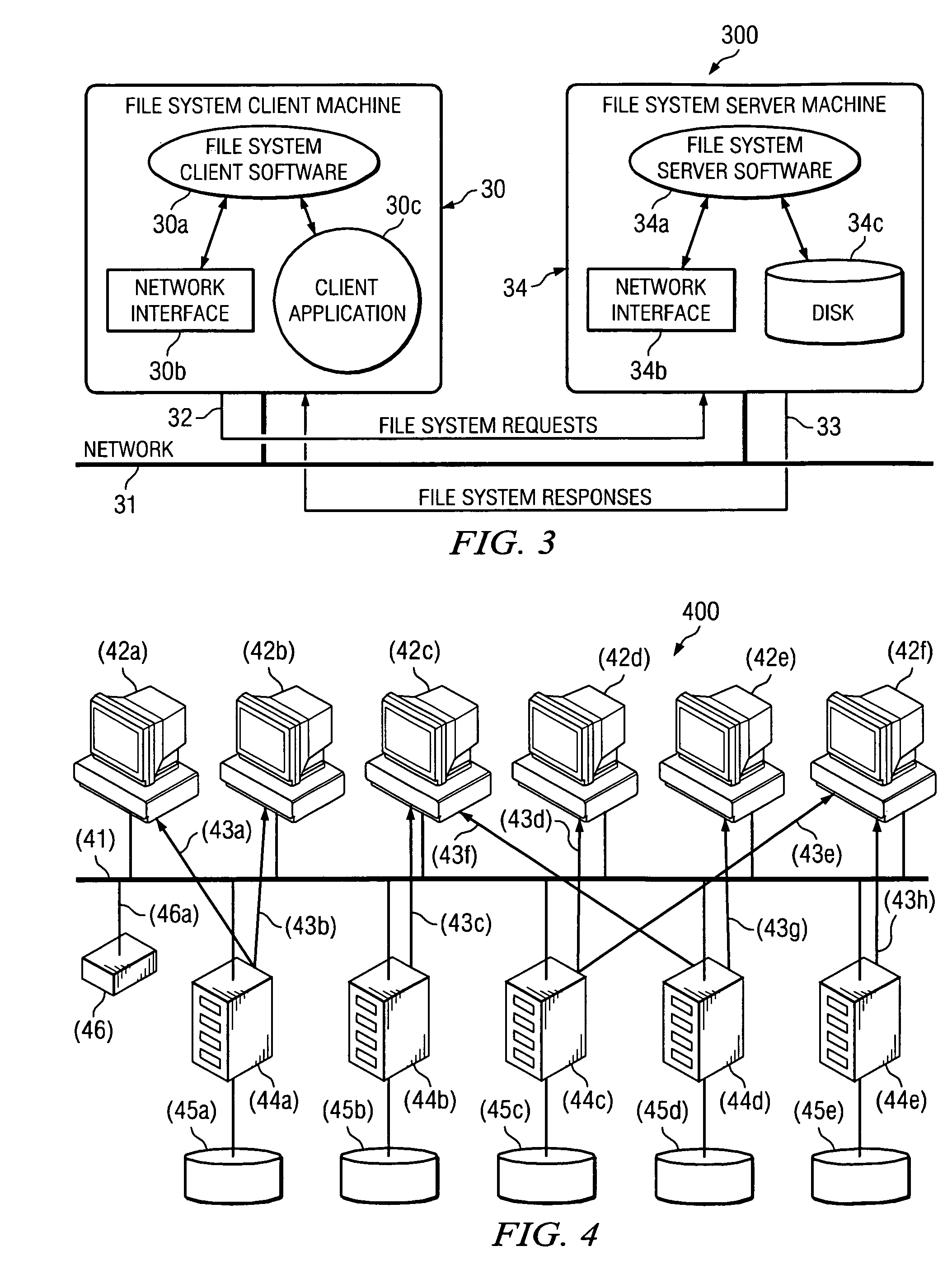These network filesystem protocols share an approximately equivalent
semantics and set of abstractions, but differ in their details and are noninteroperable.
In addition to organizing and maintaining the relationships between filesystem clients and file servers, additional challenges exist in managing access to and utilization of filesystems.
While most organizations have and enforce stringent document
workflow and retention policies for their paper files, similar policies—while desired and mandated—are rarely enforced for electronic files.
The administrators in charge of enforcing this policy face significant challenges.
Conventional filesystems do not provide mechanisms for configuring a filesystem to only allow particular content types or otherwise make decisions about what should be stored, where, and how.
The net result is that network
file storage fills up with old, duplicated, and garbage files that often violate corporate and administrative utilization policies.
In today's increasingly litigious environment and in the presence of new rules and regulations such as the Health Insurance Portability and Accountability Act of 1996 (HIPAA) and the Sarbanes-Oxley Act of 2002, the lack of management, including the inability to enforce policies consistently and effectively, represents a serious risk that corporations and businesses alike must rush to address.
Unfortunately, as a direct result of the general lack of innovation and improvement in filesystem architecture over the last 30 years, viable solutions that could provide practical and effective policy management to enterprises do not seem to exist.
The analogous facility is not available in filesystems because filesystems are quasi-hierarchical collections of directories and files.
In general, implementation of triggers and stored procedures in filesystems is significantly more complex than in databases systems because of less regular structure of filesystems, their less formally well-defined
semantics, and because file data is itself arbitrarily semi-structured and loosely typed.
Implementation of programmable procedures which respond to an arbitrary filesystem operation by modifying the operation is challenging when the correct (i.e., traditional, expected, etc.) semantics of filesystems must be preserved.
However, the actions cannot themselves modify the file operation, since the event which activates them is not generated until the triggering operation completes.
However, in contrast to the data stored in “
mission critical” information systems such as logistics systems, inventory systems,
order processing systems, customer service systems, and other “glass house” applications, the unstructured and semi-structured information stored in the enterprise filesystems is largely “unmanaged.” It is perhaps backed up but little or no effort is made to understand what the information is, what its relevance or importance to the business might be, or even whether it is appropriately secured.
However, since the “
home directory” is not visible to the
system managers, the
system managers have no knowledge to this violation, nor any automated means of remedying the situation.
Even in the event that the
system managers are able to episodically inventory the filesystems for such violators, they are often loathe to automatically take appropriate actions (e.g., deleting) on such offending files.
The reason is that, more often than not, while they have the responsibility for enforcing such policies, they do not have the authority to do so.
The pressing need to monitor filesystems and to report activities related to the filesystems presents a challenge of unprecedented scope and scale on many fronts.
Some filesystems—called “journaling” filesystems—maintain transient logs of changes for a
short duration as a means of implementing the filesystem itself; however, these logs are not typically organized in any way conducive to monitoring and reporting on the state of the filesystem and its activity and are not made available to external programs for that purpose.
Further, these logs are frequently purged and therefore provide a poor basis for reporting of historical and trend data.
One significant and open problem is that of collection, redaction, and analysis of high-
level data about what a filesystem is being used for, what is stored in it, by whom and for what purpose.
Furthermore, the accuracy of such collected data is usually questionable, as it reflects not an instantaneous state of the filesystem at any given moment, but, rather, an approximate state of the filesystem over the duration of the run.
Without collecting and maintaining the appropriate statistics as file operations occur, it is impossible for the data, at the end of the run, to represent a correct and accurate picture of the contents of the filesystem at that time.
Collection and storage of all such data as it occurs could also be untenably burdensome; such logs would “grow” quickly and consume additional storage capacity at an undesirable rate.
The problem of data collection and reporting is further compounded in a networked filesystem environment.
If reporting or monitoring is to be done across the network filesystem environment, significant challenges exist; namely, because of the parallel and discrete nature of the collection runs, it becomes difficult or impossible to sensibly merge the collected data into a consistent snapshot of the state of the filesystem at some time.
However, this may be a difficult task.
Thus, to associate objects across a networked filesystem with a single user in order to involve a user with policy implementation may be difficult, as it may be difficult to identify an end-user associated with a file on which a policy is, or should be, implemented.
 Login to View More
Login to View More  Login to View More
Login to View More 


